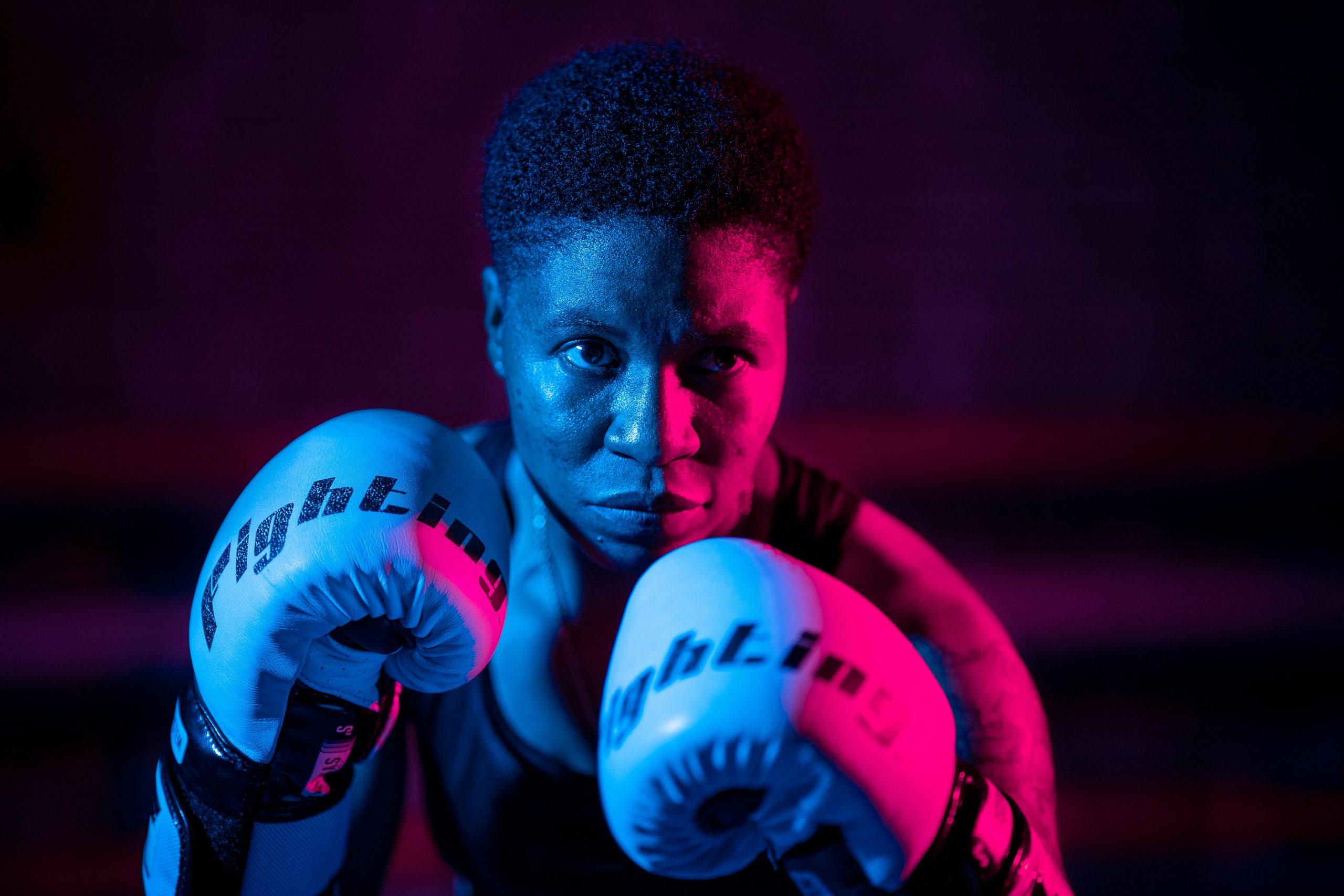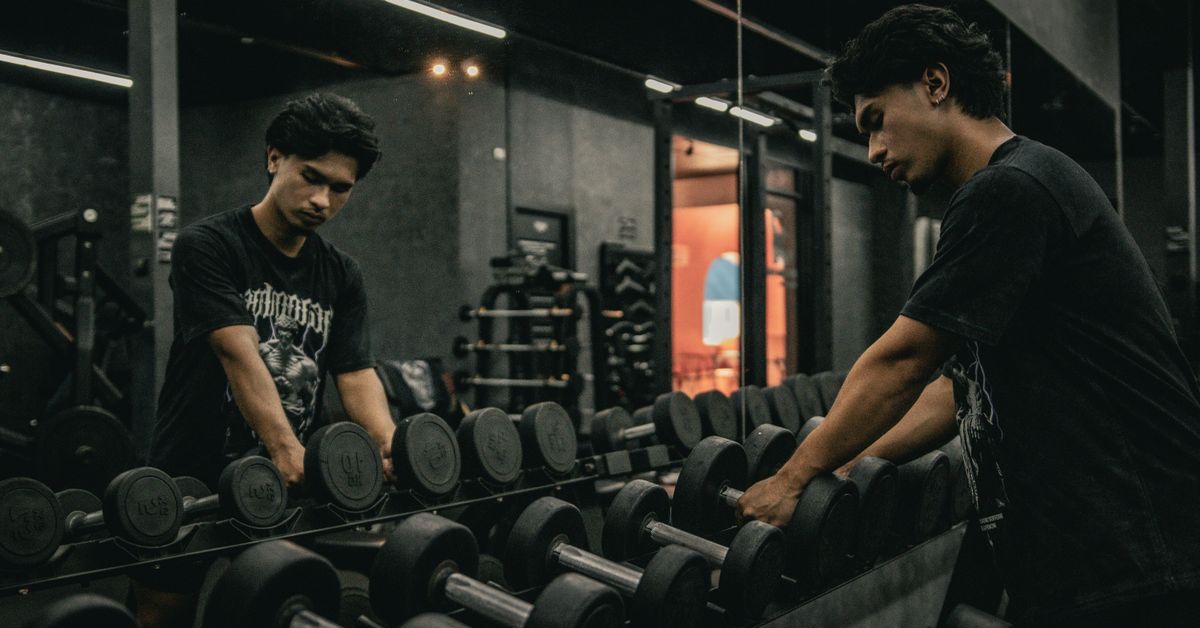
Innovative Methods in Athlete Training
Introduction
Athlete training has evolved significantly over the years, driven by advances in sports science, technology, and a deeper understanding of human physiology. Today, innovative methods in athlete training are reshaping how athletes prepare for competition, recover from injuries, and optimize their performance.
1. High-Intensity Interval Training (HIIT)
HIIT has gained popularity for its effectiveness in improving cardiovascular fitness and endurance in athletes. This method alternates between short bursts of intense exercise followed by periods of rest or lower-intensity activity. Research has shown that HIIT not only enhances aerobic capacity but also improves anaerobic performance, making it a versatile tool for athletes across different sports.
2. Wearable Technology
Advancements in wearable technology, such as fitness trackers, smart clothing, and biometric sensors, have revolutionized athlete training. These devices provide real-time data on metrics like heart rate variability, oxygen saturation, and muscle activity. Coaches and athletes use this information to adjust training intensity, monitor recovery, and prevent overtraining.
3. Virtual Reality (VR) Training
VR technology has introduced immersive training experiences that simulate real-game scenarios and environments. Athletes can practice decision-making, spatial awareness, and reaction times in a controlled yet realistic setting. This method is particularly beneficial for sports like soccer, basketball, and combat sports where situational awareness and quick reflexes are critical.
4. Neurofeedback and Cognitive Training
Neurofeedback techniques involve training the brain to improve focus, concentration, and mental resilience. Cognitive training programs use brain games and exercises to enhance cognitive functions such as memory, reaction speed, and decision-making. Athletes incorporate these methods to sharpen mental acuity and maintain peak performance under pressure.
5. Biomechanical Analysis
Biomechanical analysis uses motion capture technology and 3D modeling to study an athlete’s movement patterns and technique. Coaches and sports scientists analyze data to identify inefficiencies, optimize biomechanics, and reduce the risk of injuries. For example, in track and field, biomechanical analysis helps sprinters refine their running form to maximize speed and efficiency.
Case Study: The Impact of Innovations on Olympic Training
During the preparation for the Tokyo 2020 Olympics, the United States Olympic and Paralympic Committee integrated various innovative training methods. Athletes utilized VR simulations to practice navigating the Olympic village and stadiums. Wearable technology tracked their recovery metrics, adjusting training schedules in real-time to optimize performance. Biomechanical analysis helped swimmers refine their strokes, contributing to Team USA’s successful medal haul.
Conclusion
As technology continues to advance, the landscape of athlete training will continue to evolve. Integrating innovative methods such as HIIT, wearable technology, VR training, neurofeedback, and biomechanical analysis not only enhances athletic performance but also promotes overall health and well-being. By embracing these innovations, coaches and athletes can stay at the forefront of their respective sports, achieving new levels of success and pushing the boundaries of human performance.



